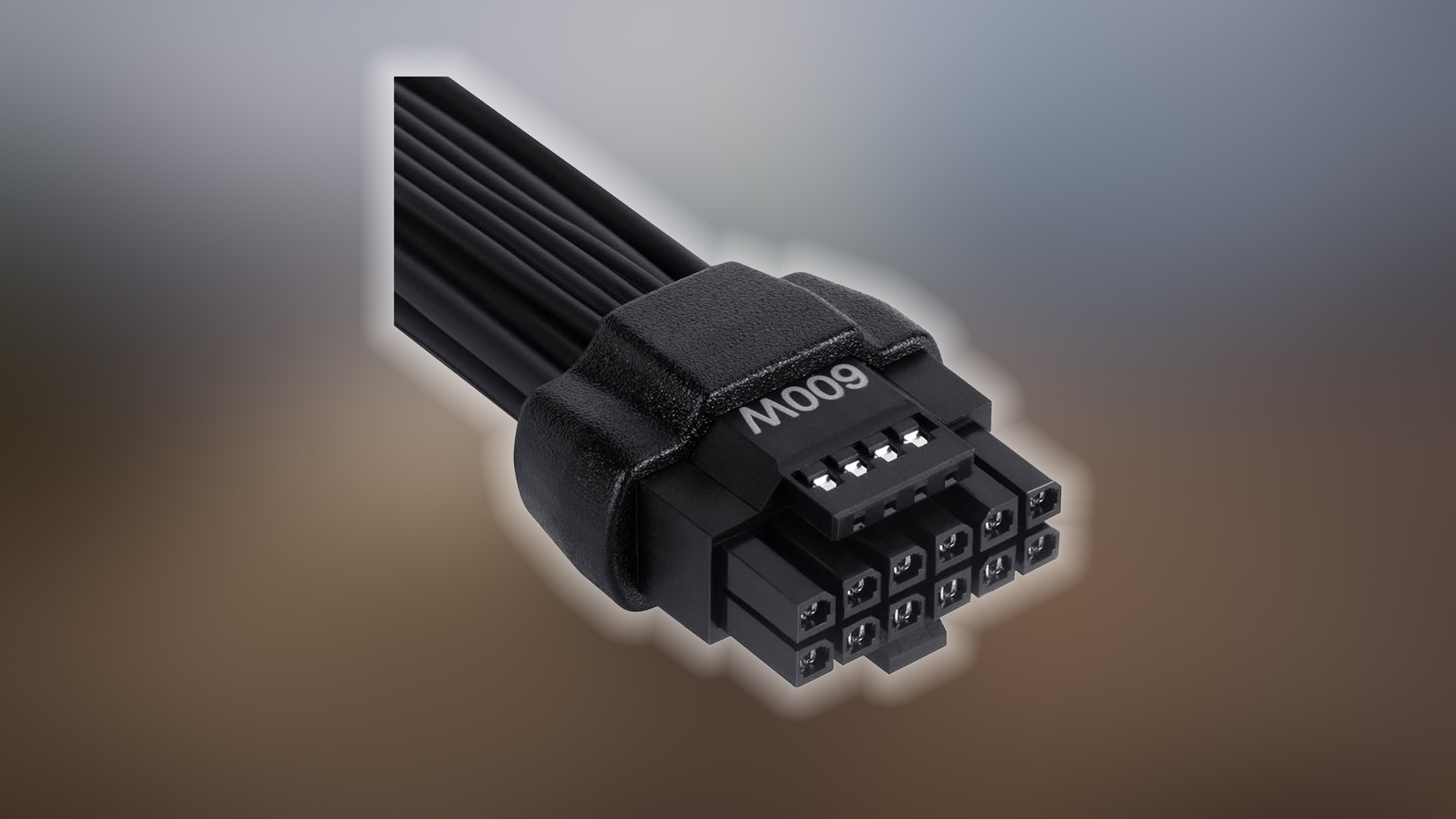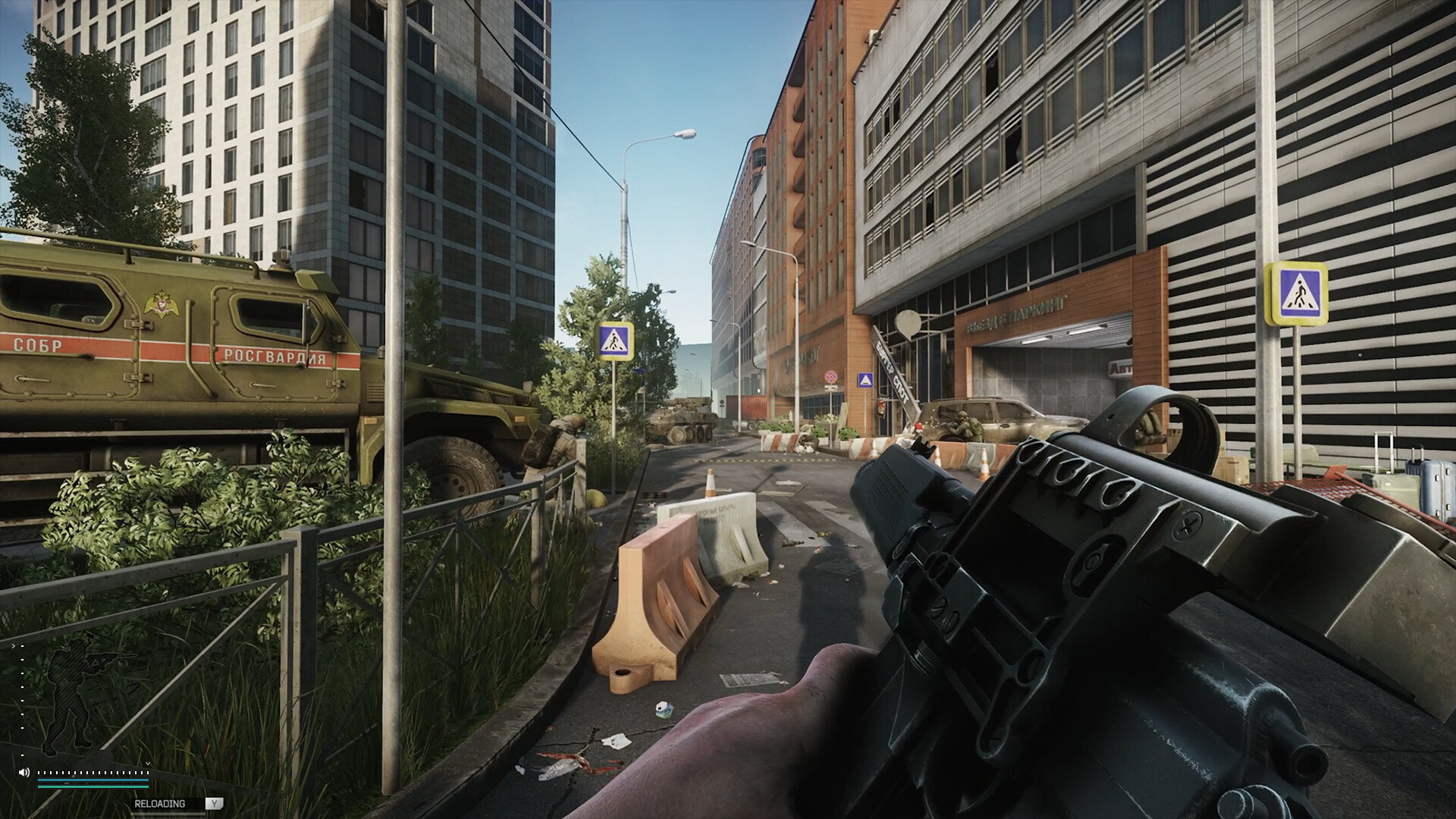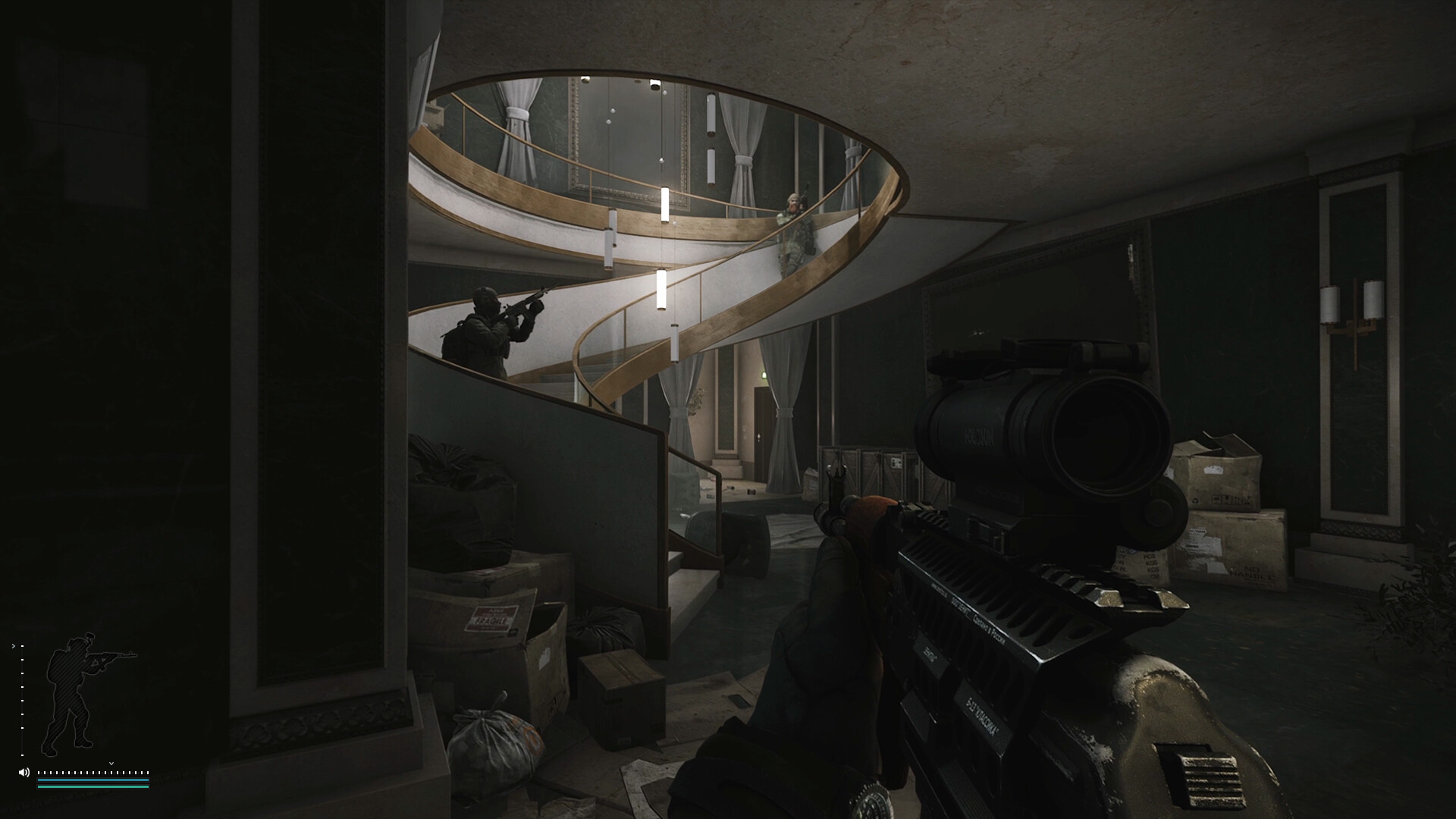RTX 5090/5080 GPUs risk melting connectors if not appropriately handled. Use these simple tips to ensure your card doesn’t end up in flames.

Imagine paying more than $2,000 for a GPU, only to have it melt. That’s how things stand with the RTX 5090 and 5080. Initially, this melting trend began with the RTX 4090, as multiple documented issues with burnt 12VHPWR cables and potential PSU damage were reported. Why was this happening? Questioning the root cause of this issue led to a reevaluation of many design choices made by either Nvidia or AIB, which were manufacturing the cards for end users.
According to reports, the primary reasons are attributed to improper cable insertion, power distribution imbalances, and the use of outdated cable standards. Unlike previous GPU generations that monitored individual power pins, RTX 40 and 50 series cards combine all the power pins internally, which can create hotspots for those that aren’t connected properly.
This means that a single poorly seated pin can carry more amps than it’s certified for, leading to overheating and melting.
Preventing Meltdowns with RTX 5090/5080

You can at least pray that your new GPU doesn’t fry in a few days. The reason is that the power draw exceeds 550W with the 5090 and around 350W with the 5080, when using an unseated connector. Undervolting again proves to be a handy option in all these situations, as it can significantly reduce power draws and lower the amps carried by the 12VHPWR connector wires. Among other options, here are some steps you can take to ensure everything is in place.
Cable Selection and Installation
- Use only 12V-2×6 cables from 2025 or newer – avoid older 12VHPWR cables.
- Ensure cables click firmly into place on both the GPU and PSU sides.
- Allow 35mm clearance before any cable bends to prevent pin stress.
- Apply firm, direct pressure when seating connectors.
Power Management (Undervolting)
- Undervolt your GPU using MSI Afterburner to reduce power consumption by 50- 150W.
- Set voltage curves at 850 mV for 2600 MHz as a safe starting point.
- Monitor power draw and keep RTX 5090 under 500W when possible.
- If you want to compensate for the performance loss, simply increase the memory clock by 2000 MHz, and you will be fine.
Monitoring and Maintenance
- Check cable temperatures regularly using thermal monitoring software.
- Inspect connectors visually for discoloration or damage monthly.
- Consider PSUs with built-in thermal sensors like ASRock’s new models.
- Limit connector disconnections to under 30 times to prevent wear.
Hardware Considerations
When deciding whether to buy a 5090 or 5080, paying for the premium model is more in your favor than the retailers.
- Choose ASUS ROG cards with connector warning lights when possible. It’s costly, but only ROG Astral warns you if there is something wrong.
- Avoid third-party extension cables and adapters; use the ones provided with your PSU.
- Ensure PSU can handle 850W+ for RTX 5090 and 750W+ for RTX 5080.
Emergency Signs
Lastly, if you really end up with bad luck, be warned if you notice the following issues:
- Burning smell during gaming sessions.
- Red warning lights on compatible GPUs.
- Sudden performance drops or PCIe mode changes.
- Visible discoloration around connectors.
Conclusion
The RTX 5090’s massive power draw pushes the 12VHPWR connector close to its specified 600W limit, leaving little margin for safety. Even the lower-powered RTX 5080 has experienced the same issues. Whenever you buy a Blackwell GPU that is either 5080 or higher, ensure that you change your PSU, or at least purchase models that provide details about your connector. That way, you may be paying more, but your GPU will be in one place, rather than in flames.
Looking For More Related to Tech?
We provide the latest news and “How To’s” for Tech content. Meanwhile, you can check out the following articles related to PC GPUs, CPU and GPU comparisons, mobile phones, and more:
- 5 Best Air Coolers for CPUs in 2025
- ASUS TUF Gaming F16 Release Date, Specifications, Price, and More
- iPhone 16e vs iPhone SE (3rd Gen): Which One To Buy in 2025?
- Powerbeats Pro 2 vs AirPods Pro 2: Which One To Get in 2025
- RTX 5070 Ti vs. RTX 4070 Super: Specs, Price and More Compared
- Windows 11: How To Disable Lock Screen Widgets
 Reddit
Reddit
 Email
Email


